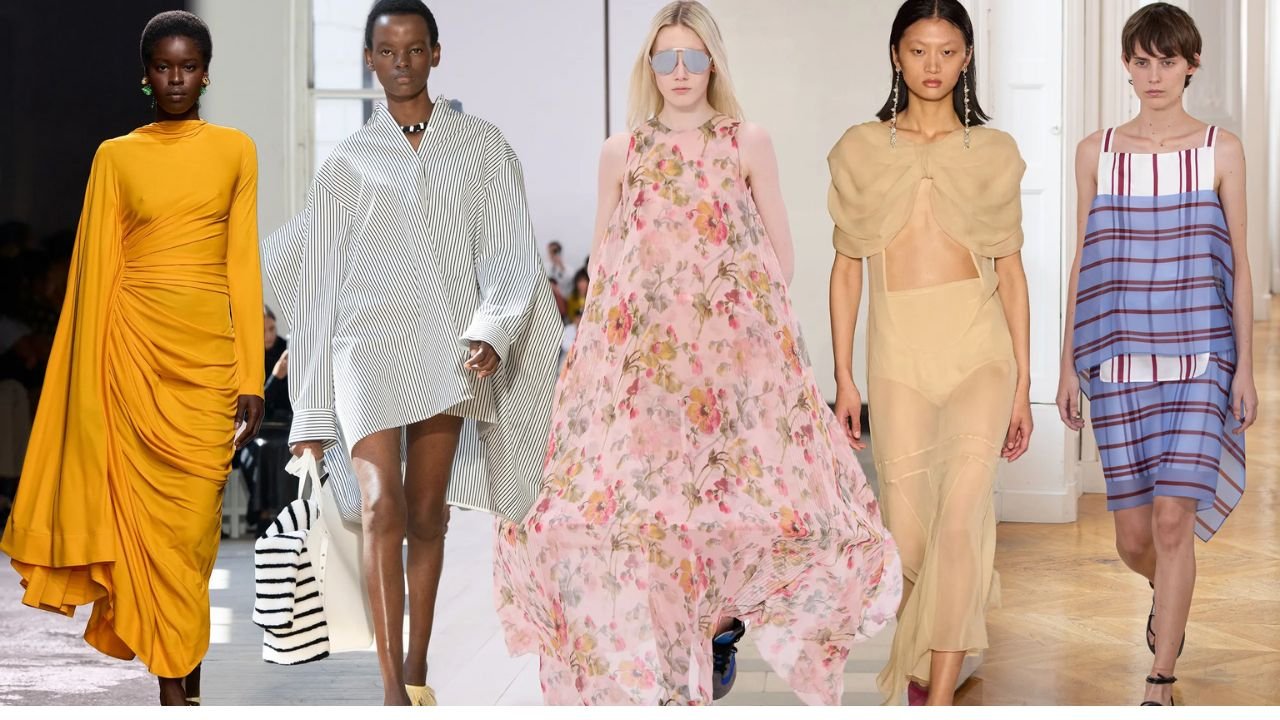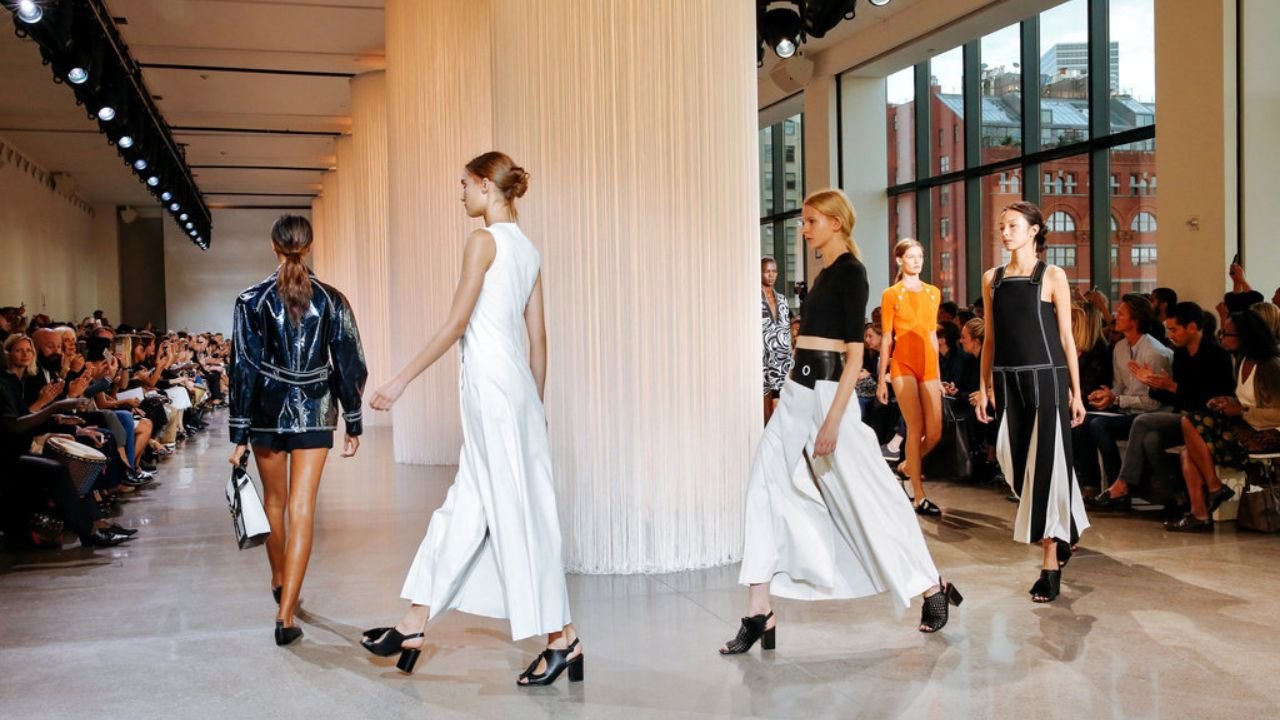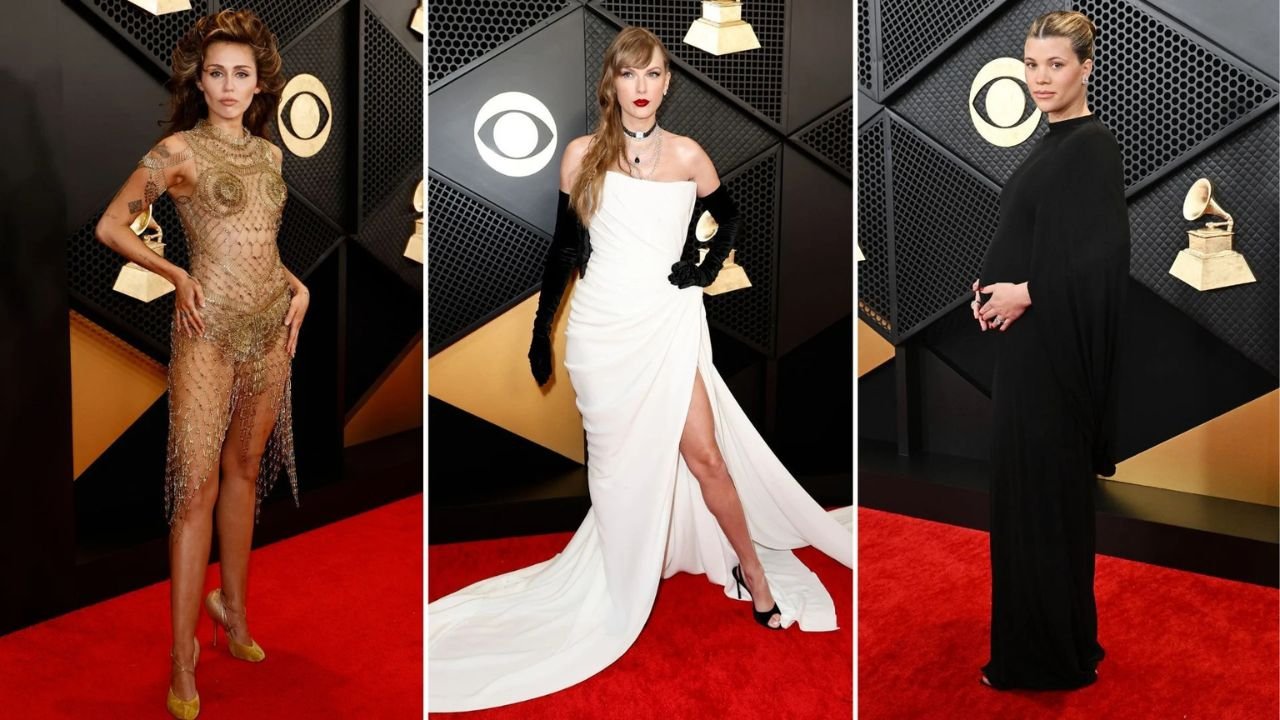Introduction
Fashion is an ever-evolving tapestry woven from history, culture, innovation, and individual expression. Among the countless wardrobe staples that have transcended trends to become icons of style, the bomber jacket stands out as a quintessential example of versatility and cultural significance.
In this era of fashion competitions and social media-driven trends, the idea of crowning “The Most Fashionable Fashion Bomber” has gained momentum. Such a contest celebrates the history, design ingenuity, and stylistic adaptability of this iconic garment, bringing together designers, brands, and fashion enthusiasts to showcase the best of what bombers have to offer.
This comprehensive exploration delves into the origins of the bomber jacket, its evolution through decades, cultural influences, notable contenders, and the significance of a contest dedicated to this staple. Whether you’re a fashion historian, a style enthusiast, or a curious observer, this journey will illuminate why the bomber has become a symbol of rebellion, refinement, and innovation.
The Origins of the Bomber Jacket
Military Roots and Historical Significance
The story of the bomber jacket begins on the battlefields of World War I and II. Originally designed for military pilots, the jacket’s purpose was functional: to provide warmth, durability, and ease of movement in the cockpit.
- World War I: The first iterations, known as “flight jackets,” were made from leather, fitted tightly to prevent flapping during flight, and often lined with fur for insulation.
- World War II: The MA-1 bomber jacket was introduced, featuring nylon fabric, ribbed cuffs and waistbands, and a bright orange lining for rescue visibility. The MA-1 became a standard issue for U.S. Air Force pilots, symbolizing bravery and adventure.
Transition to Civilian Fashion
Post-war, returning veterans and military surplus stores made bomber jackets accessible to the public. Their rugged, utilitarian aesthetic appealed to civilians, especially in the 1950s and 1960s, when rebellious youth culture embraced military-inspired attire as symbols of nonconformity.
Actors like James Dean and Marlon Brando popularized the look, cementing it as a symbol of youthful rebellion and coolness.
The Evolution of the Bomber Jacket in Fashion
The 1950s and 1960s: Rebellion and Rock & Roll
In the post-war era, bomber jackets became mainstream fashion statements. Hollywood stars, musicians, and subcultures adopted the style.
- Hollywood Influence: Iconic actors like Marlon Brando and later James Dean wore bomber-inspired leather jackets, reinforcing their association with rebellious youth.
- Music and Subcultures: The rise of rock and roll, punk, and biker cultures embraced bomber jackets, often customizing them with patches, studs, and graffiti.
The 1970s and 1980s: Luxury and Streetwear Fusion
In the following decades, the bomber transitioned from rebellious subculture to high fashion.
- Luxury Brands: Designers like Yves Saint Laurent and Ralph Lauren incorporated bomber silhouettes into their collections, blending military aesthetics with elegance.
- Streetwear Movement: The 1980s and 1990s saw an explosion of streetwear brands integrating bombers into their collections, emphasizing oversized fits, bold prints, and a mix of casual and luxe elements.
The 1990s and 2000s: High Fashion and Mainstream Adoption
The turn of the century saw the bomber jacket become a staple on runways and streets alike.
- Designer Collaborations: Louis Vuitton, Prada, and other luxury houses released bomber-inspired pieces.
- Celebrity Endorsements: Stars like Rihanna, Kanye West, and Justin Bieber popularized the bomber in their street style and red carpet appearances.
The 2010s and Beyond: The Modern Reinvention
Today, the bomber jacket has become a canvas for innovation.
- Diverse Fabrics: From satin, velvet, and shearling to technical fabrics and eco-friendly textiles, the bomber’s palette is broader than ever.
- Gender Fluidity: The jacket is celebrated as a unisex garment, with oversized and fitted styles catering to all genders.
- Customization and Artistry: Embroidery, patches, prints, and bespoke details make each bomber unique.
The Concept of a “Most Fashionable Bomber” Contest
Why a Contest?
Fashion competitions serve as platforms for creativity, innovation, and cultural expression. A contest dedicated to the “Most Fashionable Fashion Bomber” would:
- Celebrate the rich history and adaptability of the bomber jacket.
- Showcase designers, brands, and artisans pushing the boundaries.
- Engage consumers and fans in a dialogue about style, history, and cultural significance.
- Foster innovation through friendly competition and collaboration.
Format and Criteria
Such a contest could be structured across various categories:
- Best Classic Reinterpretation: Modern take on vintage designs.
- Most Innovative Fabric Use: Incorporating sustainable or technical textiles.
- Best Cultural Fusion: Merging military aesthetics with indigenous or regional motifs.
- Best Customization: Patches, embroidery, or personalization.
- People’s Choice: Voted by the public via social media.
Judging criteria may include originality, craftsmanship, relevance to current trends, cultural significance, and overall aesthetic appeal.
Notable Contenders and Their Styles
Iconic Designs and Influencers
In the spirit of the contest, here are some of the most influential and fashionable bomber jackets that could serve as contenders:
- A Bathing Ape (BAPE) Camouflage Bomber
Known for its bold prints and streetwear edge, BAPE’s camouflage bomber is a staple in urban fashion. It blends military motifs with pop culture. - Saint Laurent Satin Bomber
Yves Saint Laurent’s luxurious satin bomber exudes Parisian elegance, elevating the jacket to high fashion. - Alpha Industries MA-1
The quintessential military-inspired bomber, often reimagined with modern touches, patches, or in unusual fabrics. - Off-White Diagonal Stripe Bomber
Virgil Abloh’s brand popularized graphic-heavy, deconstructed bombers that combine streetwear with artful design. - Balenciaga Oversized Bomber
Known for its experimental silhouettes, Balenciaga’s oversized bombers have become fashion statements on runways and streets. - Vetements Patchwork Bomber
Combining vintage and contemporary elements, Vetements’ patchwork designs showcase artistic innovation. - Gucci Embellished Bomber
Incorporating embellishments, embroidery, and luxurious fabrics, Gucci’s bombers exemplify maximalist glamour. - Eco-Friendly and Tech Fabrics
Emerging brands using recycled materials, biodegradable textiles, or innovative technical fabrics to craft sustainable bombers.
Emerging Designers and Artisans
Beyond established luxury brands, emerging talents are redefining the bomber:
- African Artisans integrating indigenous textiles and embroidery into bomber jackets.
- Sustainable Labels creating eco-friendly bombers using organic cotton, hemp, or recycled polyester.
- Streetwear Innovators blending graffiti, digital prints, and high-tech fabrics.
Cultural Influences and Global Variations
Military and Heritage
The bomber’s origins remain central to its identity. Contemporary designers often incorporate military patches, insignias, or authentic fabrics to honor its roots.
Regional Interpretations
- Japanese streetwear brands often add bold prints and layered details.
- African artisans incorporate traditional beadwork and textiles.
- European luxury designers emphasize craftsmanship, embellishments, and sophisticated fabrics.
- American street style favors oversized fits, bold graphics, and DIY customization.
Pop Culture and Media
The bomber has been immortalized through movies, music videos, and celebrity appearances. Films like Top Gun popularized the pilot aesthetic, while hip-hop and rap videos have elevated the jacket as a symbol of confidence and rebellion.
The Future of the Fashion Bomber
Sustainability and Innovation
The next wave of fashionable bombers will likely focus on environmental responsibility—using recycled fabrics, eco-friendly dyes, and zero-waste manufacturing.
Technology Integration
Smart textiles, embedded LED lights, or interactive elements could transform the bomber from a static garment into an experiential piece.
Personalization and Customization
Advances in digital printing and embroidery will allow consumers to create personalized bombers that reflect their identity, culture, or message.
Cultural Fusion and Inclusivity
Designers will continue to blend cultural motifs, embracing diversity and fostering global dialogue through fashion.
Digital Showcases and Virtual Fashion
Virtual fashion shows, 3D modeling, and digital wearables could revolutionize how we perceive and showcase the bomber’s versatility.
Conclusion: Celebrating the Most Fashionable Fashion Bomber
The “Most Fashionable Fashion Bomber Contest” encapsulates the dynamic evolution of a garment rooted in history, yet continually reinvented by designers, cultures, and trends. It highlights the bomber jacket’s journey from military essential to streetwear icon and high fashion staple.
As the fashion industry moves toward greater sustainability, inclusivity, and technological integration, the future of the bomber promises exciting innovations and cultural dialogues. Whether it’s a classic satin silhouette, an eco-conscious patchwork piece, or a tech-enhanced digital garment, the bomber remains a symbol of adaptability, rebellion, and artistry.
In celebrating the most fashionable bomber, we honor a piece of history that continues to inspire and empower, proving that great style is timeless and ever-evolving.



